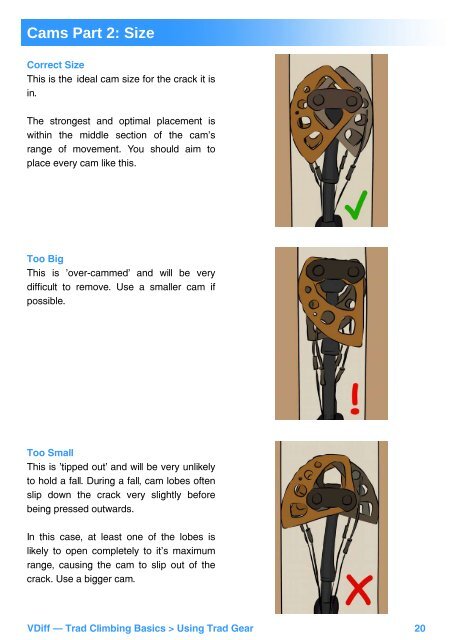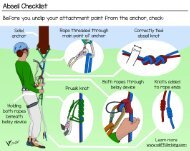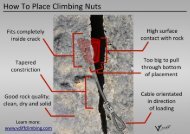Trad Climbing Basics - VDiff Climbing
This e-book will teach you how to: - Place cams, nuts and other trad climbing gear - Build trad anchors - Use different belay methods (including guide mode) - Equalize and extend gear effectively - Understand forces on climbing gear - Abseil safely (including using a prusik knot) - Climb with half ropes - Test rock quality - Prepare for your first trad lead Plus much more. Further information: * Perfect for those who want to start trad climbing. * 200+ accurately drawn, full-colour illustrations. * Step-by-step climbing techniques explained in a beginner friendly way. * Updated December 2017
This e-book will teach you how to:
- Place cams, nuts and other trad climbing gear
- Build trad anchors
- Use different belay methods (including guide mode)
- Equalize and extend gear effectively
- Understand forces on climbing gear
- Abseil safely (including using a prusik knot)
- Climb with half ropes
- Test rock quality
- Prepare for your first trad lead
Plus much more.
Further information:
* Perfect for those who want to start trad climbing.
* 200+ accurately drawn, full-colour illustrations.
* Step-by-step climbing techniques explained in a beginner friendly way.
* Updated December 2017
You also want an ePaper? Increase the reach of your titles
YUMPU automatically turns print PDFs into web optimized ePapers that Google loves.
Cams Part 2: Size<br />
Correct Size<br />
This is the ideal cam size for the crack it is<br />
in.<br />
The strongest and optimal placement is<br />
within the middle section of the cam’s<br />
range of movement. You should aim to<br />
place every cam like this.<br />
Too Big<br />
This is 'over-cammed' and will be very<br />
difficult to remove. Use a smaller cam if<br />
possible.<br />
Too Small<br />
This is 'tipped out' and will be very unlikely<br />
to hold a fall. During a fall, cam lobes often<br />
slip down the crack very slightly before<br />
being pressed outwards.<br />
In this case, at least one of the lobes is<br />
likely to open completely to it's maximum<br />
range, causing the cam to slip out of the<br />
crack. Use a bigger cam.<br />
<strong>VDiff</strong> – <strong>Trad</strong> <strong>Climbing</strong> <strong>Basics</strong> > Using <strong>Trad</strong> Gear<br />
20






